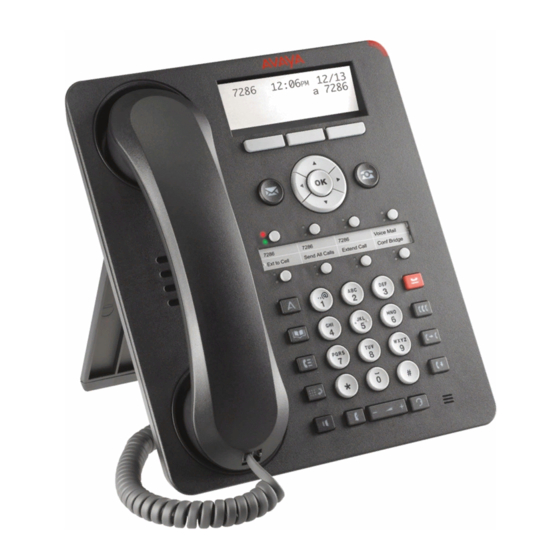To prevent intrusions to your telecommunications equipment, you and your peers should carefully
program and configure your:
Avaya-provided telecommunications systems and their interfaces
I
Avaya-provided software applications, as well as their underlying hardware/software platforms
I
and interfaces
Any other equipment networked to your Avaya products
I
Avaya does not warrant that this product or any of its networked equipment is either immune from
or will prevent either unauthorized or malicious intrusions. Avaya will not be responsible for any
charges, losses, or damages that result from such intrusions.
Federal Communications Commission (FCC)
Interference Information
References to FCC regulations are not applicable outside of the U.S.
Class A Compliance
This equipment, in the five-slot configuration and in the two-slot configuration with a 308EC, 012E,
PARTNER MAIL VS, or PARTNER Messaging module, has been tested and found to comply with
the limits for a Class A digital device, pursuant to Part 15 of FCC rules.
These limits are designed to provide reasonable protection against harmful interference when the
equipment is operated in a commercial environment. This equipment generates, uses, and can
radiate radio frequency energy and, if not installed and used in accordance with the instruction
manuals, may cause harmful interference to radio communications. Operation of this equipment in
a residential area is likely to cause harmful interference, in which case the user will have to correct
the interference at his or her own expense.
Class B Compliance
The stand-alone PARTNER ACS processor module configuration and the two-slot configuration
using a 200, a 206, or a 400 module have been tested and found to comply with the limits for a
Class B digital device, pursuant to Part 15 of FCC rules.
These limits are designed to provide reasonable protection against harmful interference when the
equipment is operated in a residential environment. This equipment generates, uses, and can
radiate radio frequency energy and, if not installed and used in accordance with the instruction
manuals, may cause harmful interference to radio communications. However, there is no
guarantee that interference will not occur in a particular installation.
A. Customer Support
7

